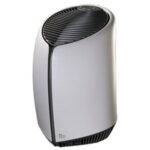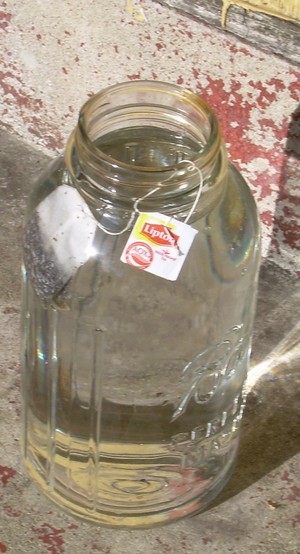There is no such thing as an ozone air purifier because all appliances sold as such are actually ozone generators being sold as ozone air purifiers. Manufacturers claim that the ozone generated by these devices help in removing indoor air pollutants and bad odor. People are led to believe that these devises are safe to use always and are quite effective in controlling air pollution indoors. Such claims are far from the truth. Infact for more than 100 years many health professionals and researchers have been refuting these claims as they do not have any scientific basis.
Rather than being useful such devices can have harmful effects on health as studies have shown. In many cases consumers are led to believe that the ‘ozone air purifiers‘ are approved by the federal government for use in homes. It is a fact that no federal agencies have approved these devices for use within closed occupied spaces but they have been warning against the public about the harmful effects of ozone at high concentrations. Infact the the US Environmental Protection Agency (EPA) has published a document called “Good Up High Bad Nearby” to highlight the fact that ozone present in the upper atmospheric levels is useful as it does not allow the harmful ultraviolet rays of the sun to reach the earth, but in the lower atmosphere if it is present in the air ozone can cause breathing problems.
Ordinarily a molecule of oxygen contains two atoms of oxygen which is useful for our health. However the ozone molecule contains three atoms of oxygen and the extra oxygen atom detaches it self easily to react with other compounds to transform them into new ones. This property of forms the basis of the manufacturer’s claims that the ozone from the ozone air purifiers removes harmful gases from the indoor air. However all the studies conducted so far have shown that ozone has little or no effect on the air present indoors. The terms used by the manufacturers of ozone air purifiers used for ozone like ‘energized air’, ‘pure air’ are misleading because they suggest that ozone is beneficial to health. On the contrary ozone has been found to cause health problems for people exposed to it for extended periods.
Relatively low concentrations of ozone can cause shortness of breath, coughs, throat irritation, chest pains as well as aggravation of respiratory ailments. People exercising in closed spaces containing ozone inhale larger quantity of ozone which can increase their risk of harmful effects on the respiratory system. It can also worsen the condition of people suffering from asthmatic attacks and other chronic respiratory ailments as well as reduce their ability to resist respiratory infections. The exposure to ozone for longer periods of time even at low concentrations can cause damage to health. However the effect of ozone on people varies widely depending on the susceptibility of the individual.
The FDA requires that the concentration of ozone in closed occupied spaced should not exceed 0.05 ppm or parts per million and The National Institute of Occupational Safety and Health (NIOSH) has recommended that the level of ozone should not exceed 0.10 ppm at any time. The Occupational Safety and Health Administration (OSHA) has also recommended that workers should not be exposed to an average concentration of ozone of 0.10 ppm for more than 8 hours a day. Studies by the EPA have shown that ozone does not help in removing dust particles nor does it remove body or other odors. Higher than safe concentrations of ozone have been found in spaces where the ozone air purifiers were used even when they were used as per manufactures recommendations. Thus in the light of the facts that ozone air purifiers can cause more harm than good it is advisable to avoid using them. Moreover these devices are simply ozone generators that have been misleadingly named as air purifiers.
Sources: The US Environmental Protection Agency (EPA) and Federal Drug Administration (FDA)




